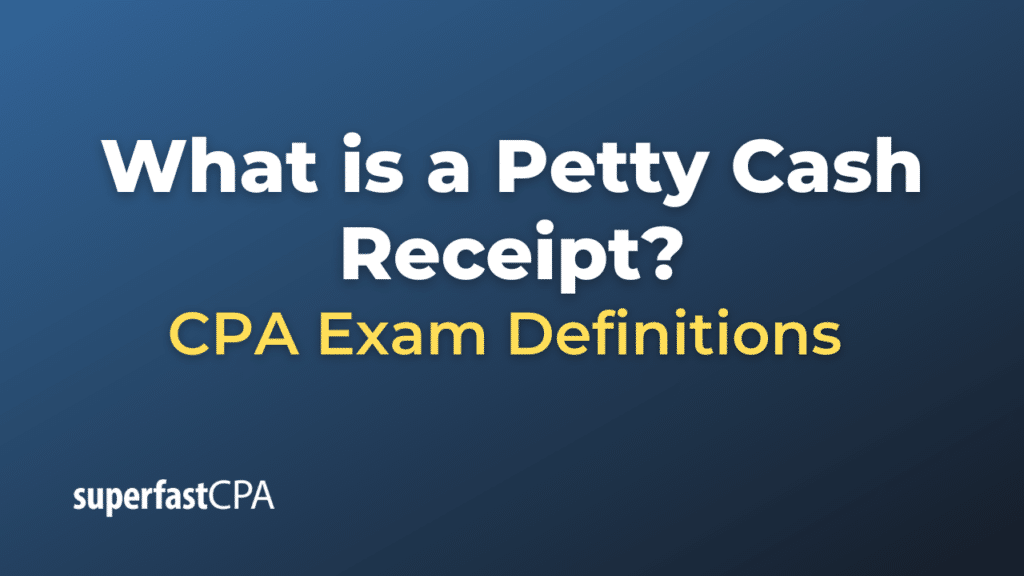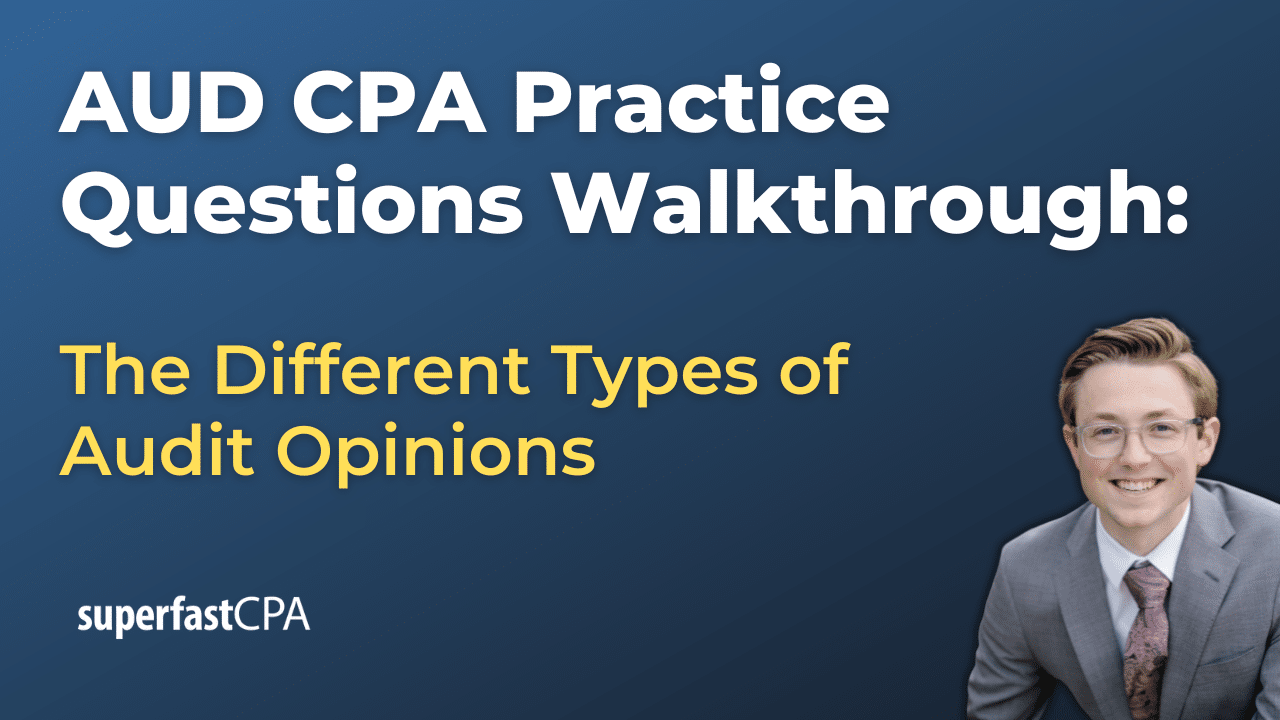Petty Cash Receipt
A petty cash receipt is a small document that records the disbursements from a petty cash fund. The receipt is typically filled out by the petty cash custodian and given to the recipient of the cash as a record of the transaction. Petty cash receipts are an important part of managing a petty cash system because they help ensure that there’s a record of every transaction.
A petty cash receipt usually includes the following information:
- Date: The date when the money was disbursed.
- Amount: The amount of money that was disbursed.
- Recipient: The name of the person who received the money.
- Purpose: A brief description of why the money was disbursed.
- Custodian Signature: The signature of the petty cash custodian who disbursed the cash.
If a petty cash fund is used to pay for an expense, and a vendor’s receipt or other formal documentation is received, that can be used in lieu of a petty cash receipt. However, it’s still recommended to attach it to a petty cash voucher, which provides spaces for the recipient’s name, the purpose of the disbursement, and the custodian’s signature.
The primary purpose of a petty cash receipt is to provide accountability for the petty cash fund and to ensure that all transactions are recorded. These receipts are crucial for the process of reconciling the petty cash fund and for keeping accurate financial records.
Example of a Petty Cash Receipt
Let’s take an example to illustrate how a petty cash receipt might be used in a business:
Imagine that John, an employee at ABC Corporation, needs to purchase some additional stationery supplies costing $15 for an urgent project. He approaches Mary, the petty cash custodian, to request petty cash for this purchase.
Mary disburses the amount and fills out a petty cash receipt like this:
| Date: 07/29/2023 |
|---|
| Received From: John |
| Amount: $15 |
| Purpose: Stationery Supplies |
| Signature: Mary |
John then purchases the stationery and gives the store receipt back to Mary. Mary attaches the store receipt to the petty cash voucher or the petty cash receipt to ensure that the expense is documented.
At the end of the month, when Mary is ready to replenish the petty cash fund, she will tally all the petty cash receipts and vouchers to determine how much cash needs to be added back into the fund. The petty cash receipts serve as an audit trail, providing proof of what the petty cash was spent on, who spent it, and when.













